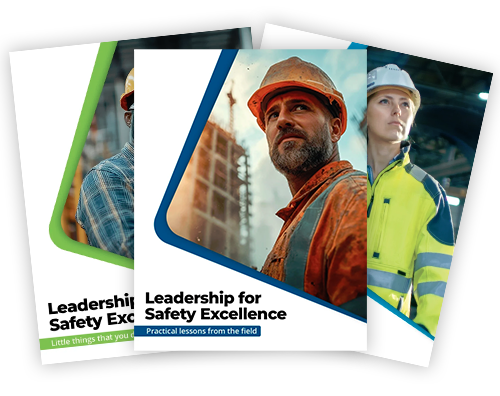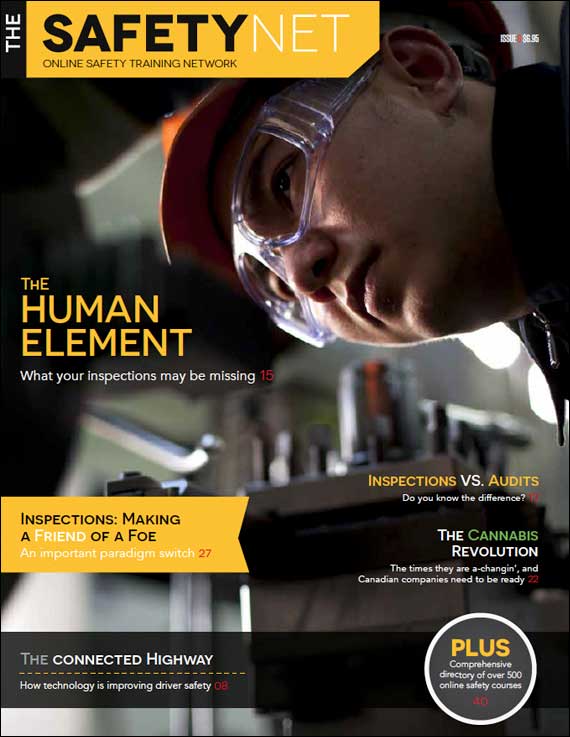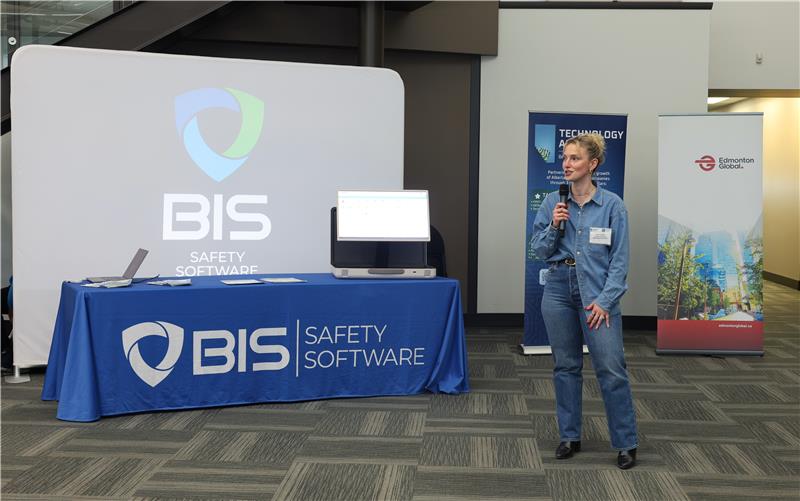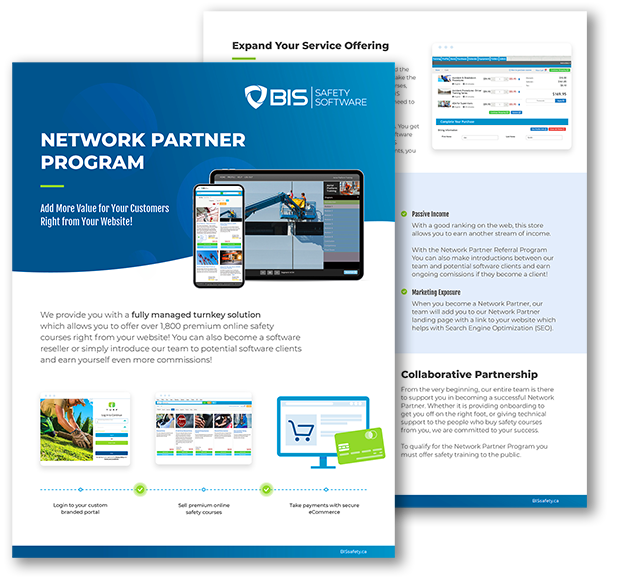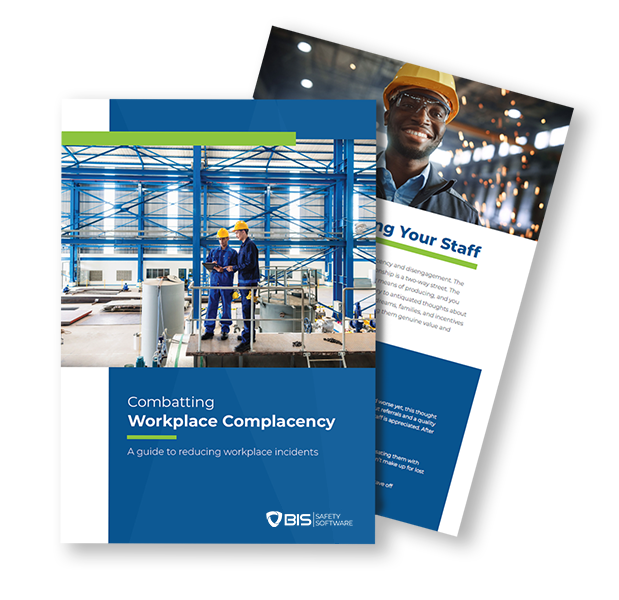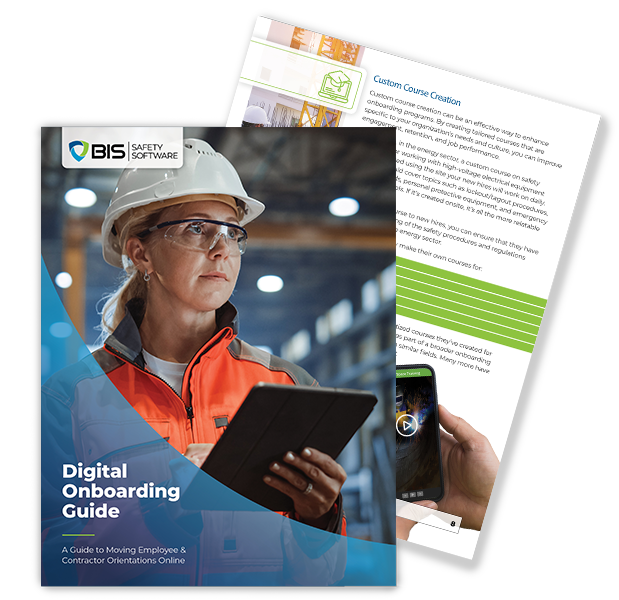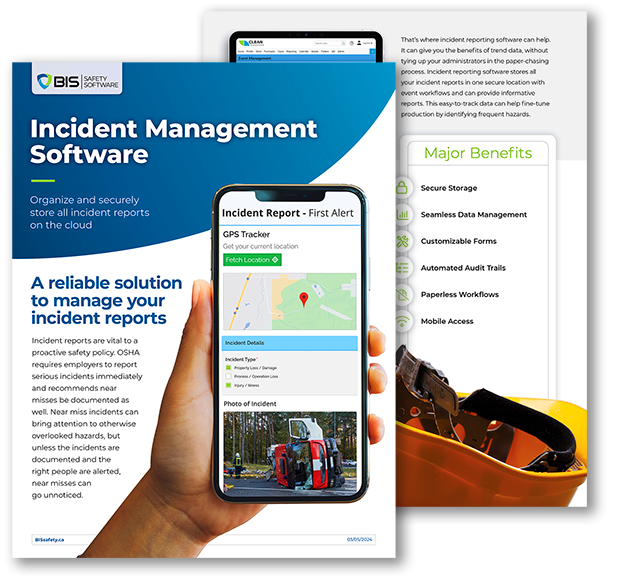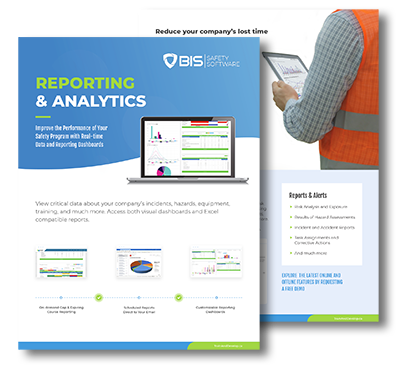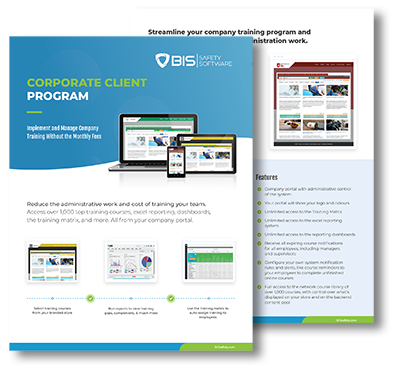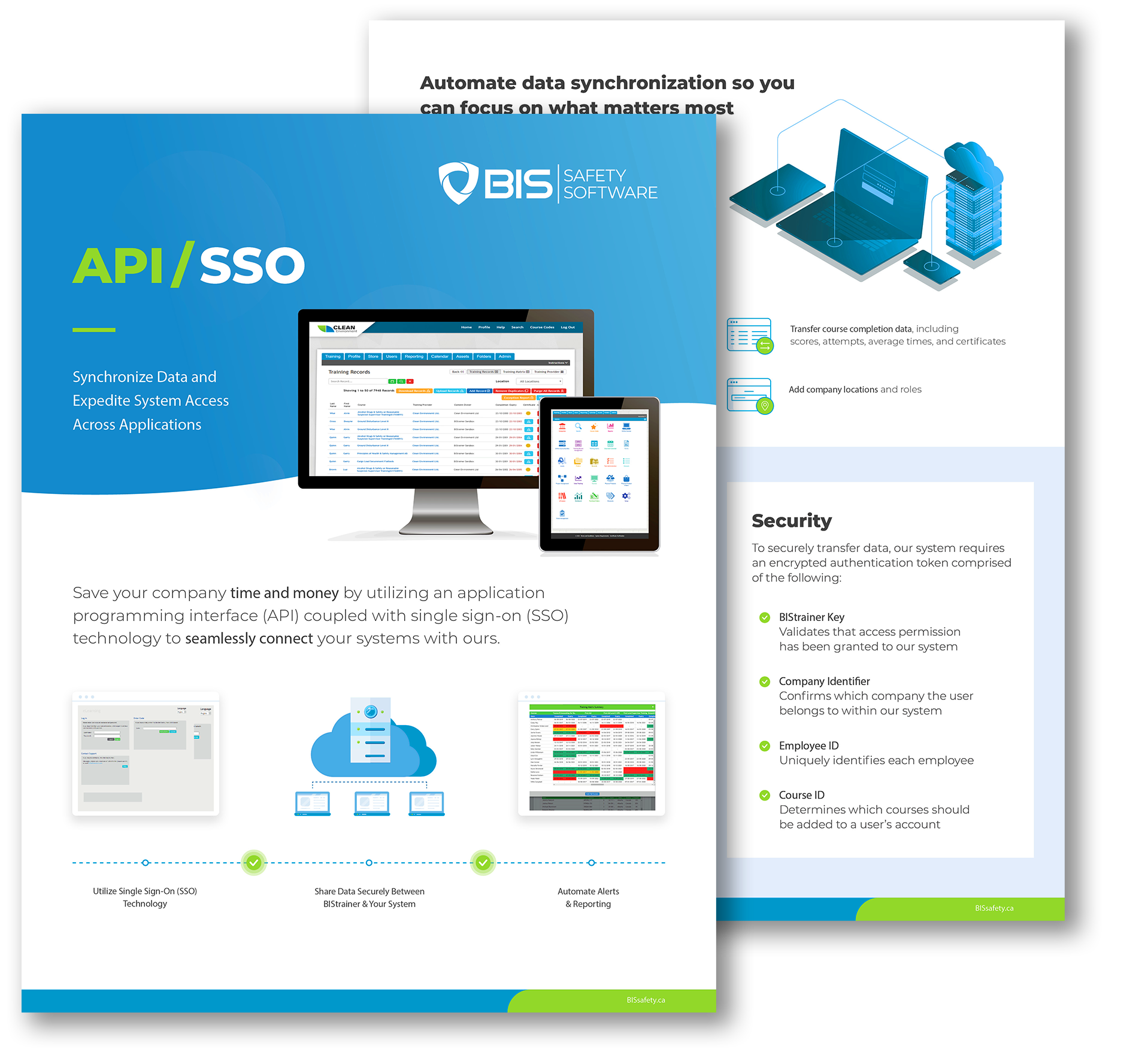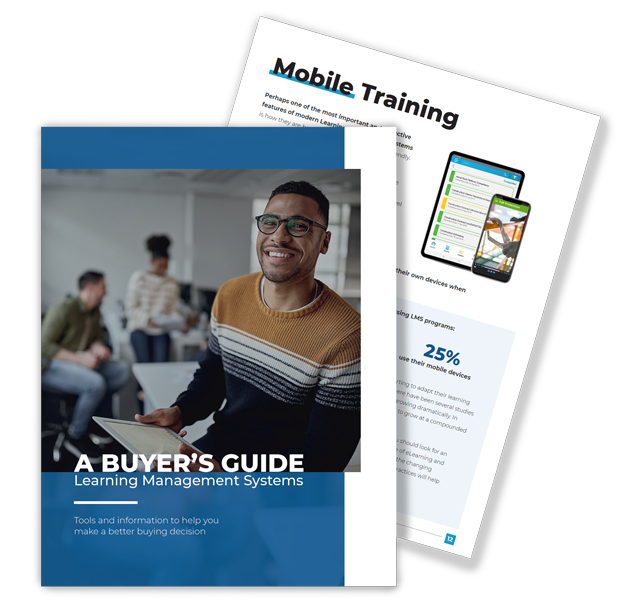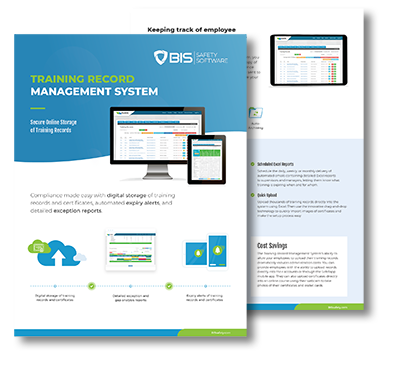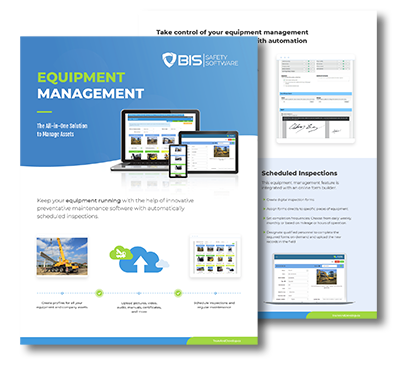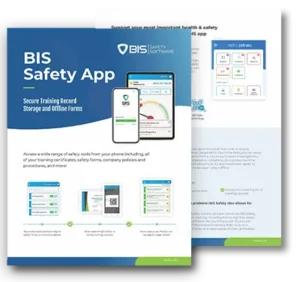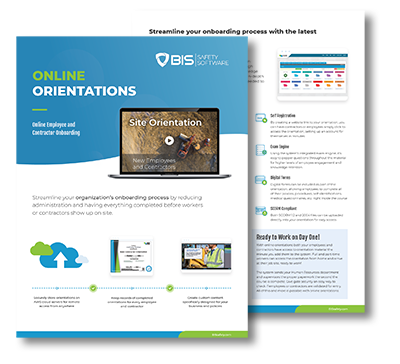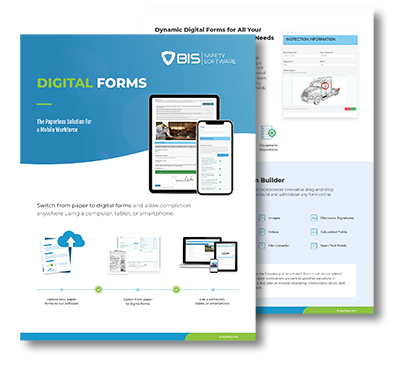Fire Drills: How to Turn Routine Practice into Real-World Readiness
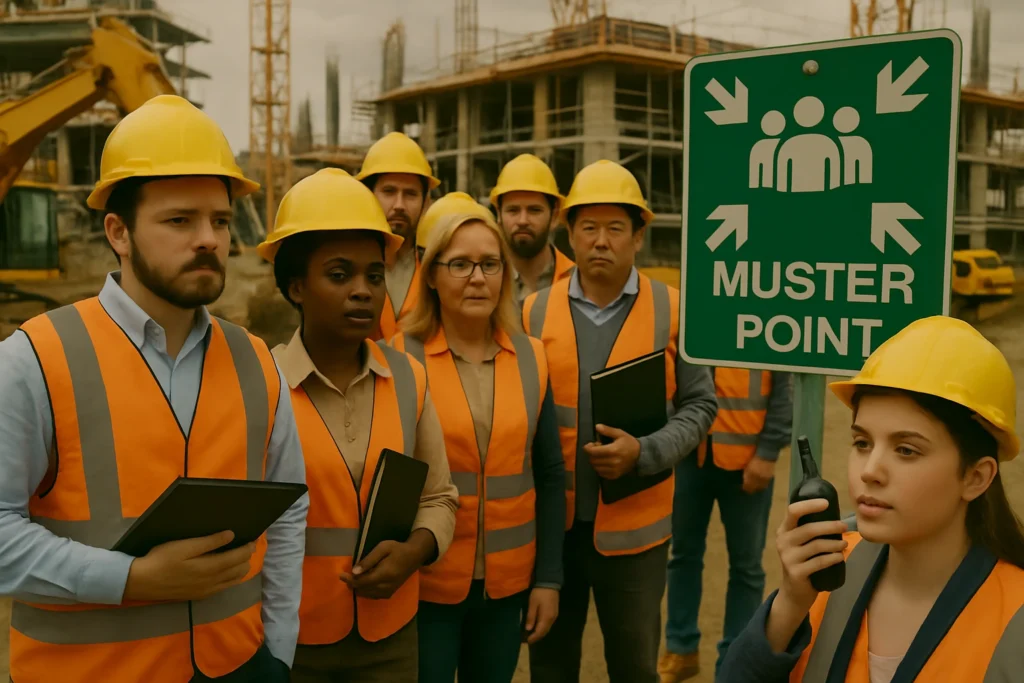
Conducting regular fire drills is more than a formality—it’s essential for building confidence, reinforcing roles, and ensuring workplace teams respond swiftly during real emergencies.
Lock Out Tag Out: The Safety Standard Every Team Should Master
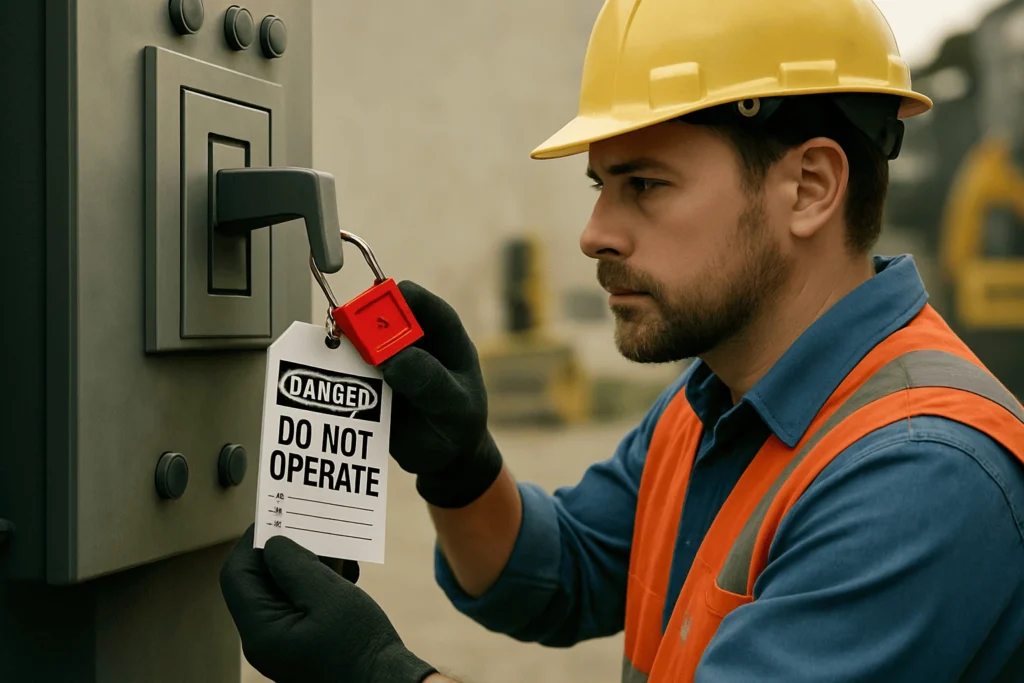
LOTO compliance protects workers in Canadian industries by requiring equipment to be locked and tagged during repair or inspection activities.
Would You Pass a Surprise Safety Inspection?
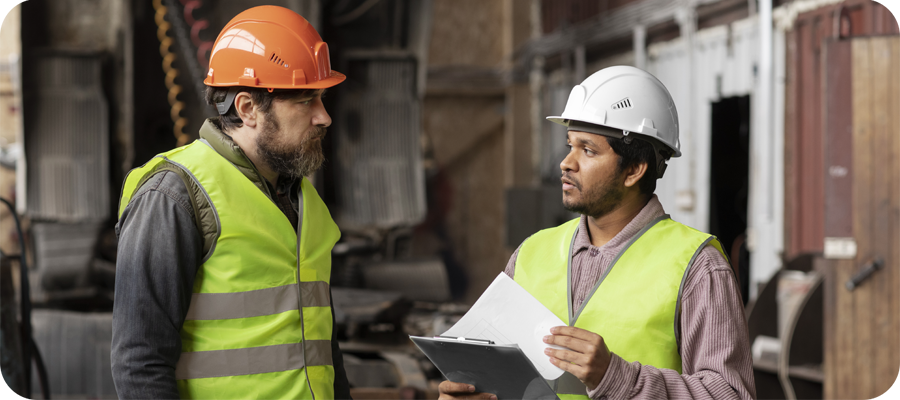
Home Blog Would You Pass a Surprise Safety Inspection? Here’s What Inspectors Look For By RDadiz Facebook LinkedIn A safety inspection can happen anytime. No warnings, no time to prepare, just an inspector walking in, clipboard in hand. The good news? A workplace that stays ready doesn’t have to worry. When safety is a daily habit, inspections become an opportunity to show what you’re doing right, not a scramble to fix what’s wrong. The best workplaces don’t just pass inspections, they set the standard for others to follow. A strong safety culture isn’t about passing tests. It’s about keeping workers safe, every shift, every day. What Do Inspectors Check First? Housekeeping – A clean, organized workspace shows a commitment to safety. Inspectors check for clear walkways, properly stored materials, and unobstructed exits. Clutter signals carelessness. A well-kept site reduces accidents and keeps workers focused. PPE Compliance – Workers should be using the right gear for the job. Hard hats, gloves, eye protection, whatever’s required. Proper PPE use signals a culture that values protection, not just policy. Machine Guards and Lockout/Tagout – Equipment must be well-maintained. No missing guards. No bypassed safety switches. Inspectors look for proper lockout/tagout procedures to ensure workers aren’t exposed to deadly risks. Emergency Exits and Equipment – Fire extinguishers, eyewash stations, exit signs, all must be accessible and in working order. In an emergency, workers shouldn’t waste time searching for life-saving tools. Training Records – A well-trained team is a safe team. Inspectors look for up-to date documentation proving workers know safety protocols. If your crew can’t answer basic safety questions, you have a problem. Hazard Communication – Chemicals must be labeled and stored correctly. SDS sheets should be easy to find. A missing label or improper storage isn’t just a violation, it’s a potential disaster. How to Stay Inspection-Ready Treat Every Day Like Inspection Day- Good safety habits should be second nature. If you wouldn’t want an inspector to see it, it shouldn’t happen in the first place. Fix Small Issues Before They Become Big Ones- A quick cleanup or repair today prevents larger problems tomorrow. A loose wire, a missing guard, a blocked exit, minor now, major later. Keep Training Up to Date – A knowledgeable team makes a safer workplace. Safety refreshers shouldn’t be a once-a-year event. Train often. Reinforce daily. Make PPE a Standard, Not a Suggestion- Workers should have what they need to stay protected. No gear, no work. Simple as that. Conduct Internal Audits- Regular self-checks reinforce a strong safety culture. Walk the site. Spot hazards. Fix them before an inspector has to point them out. Encourage Worker Feedback – The people on the floor know where the real risks are. If workers see a problem, they should feel safe speaking up without fear of backlash. Lead by Example – If supervisors cut corners, workers will too. Safety starts at the top. Set the standard. Final Thought: Stay Ready, Stay Safe A workplace that prioritizes safety every day never has to “get ready” for an inspection. It’s already there. Safety isn’t just about compliance, it’s about creating a workplace where everyone feels protected, prepared, and proud of the job they do. When safety is built into the routine, inspections become a chance to showcase success, not scramble to fix mistakes. Strong safety programs get recognized, and workplaces that take safety seriously earn trust from workers, clients, and inspectors alike. The goal isn’t just to pass an inspection, it’s to make sure every worker goes home safe. Every day. Follow us! Stay up-to-date with the latest spotlight articles, podcasts, the SafetyNET Magazine, or our book on Leadership for Safety Excellence. All updates will be shared on our social channels, click below to follow us. Facebook Linkedin Related Articles All Posts #EmergencyPreparedness 2025 safety trends 360 Immersive 360immersive 6S Safety accident prevention accidental careers adjustable workstations adult education AI automation AI implementation AI in business AI in operations AI in Safety AI podcast AI strategy AI transformation Alberta safety courses Allan James Moore artificial intelligence asking for help audit findings audit readiness Audit Reporting automation in safety automation strategy avoidable injuries awareness Aztec Safety back strain BambooHR integration behavior-based safety Behavioral Safety behavioural safety biometric sensors BIS Podcast BIS Safety Podcasts BIS Safety Software BIS Safety Spotlight black holes Blame Culture BP Texas City Explosion Brave Leadership Brett Burkard burnout business automation Canadian OHS Canadian safety Canadian safety history Canadian safety standards carbon monoxide Carolynne Heron CCOHS chemical chemical vapors chronic injuries chronic pain cloud-based safety tools Coming Soon community safety programs Competency in Safety complacency in safety Compliance compliance courses Compliance In Canada compliance issues Compliance management Compliance Reporting compliance tools compliance tracking compliance training compliance vs protection Construction advocacy Construction education Construction industry construction safety construction safety training continuous improvement continuous safety improvement corporate culture corporate training corrective actions crane CSA standards Customer Spotlight Customer Spotlight Kevin Swinden Global Hazmat Safety Culture Hazmat Management Dangerous Goods Competency in Safety Workplace Risk Mitigation BIS Training Clients Canadian EHS customized training daily trip inspection Damage Prevention Dangerous Goods dangerous goods classification Danny Sellers data-driven safety Decision Analysis defect management defect tracking defensive driving DEI in onboarding digital compliance digital forms Digital Hazard Reporting Digital Onboarding digital safety Digital Safety Audits Digital safety systems digital safety tools digital safety transformation Digital Training Tools digital transformation DMS features document control document management system Dr. Joanna Pagonis Dr. Tom Krause driver file management driver training driving instructor program DTRMS e-learning e-learning tools eadership in safety early intervention education technology EHS EHS Adoption EHS Compliance EHS digital solutions EHS Inspections EHS Onboarding EHS software EHS tools Einstein electrical safety Emergency Action Plan emergency preparedness emergency response emergency supplies emotional training employee behavior employee engagement employee health Employee onboarding Employee Readiness employee safety employee training Energy Isolation ergonomic consulting ergonomic design ergonomic risks ergonomics Evacuation Procedures evidence collection EWI Works exoskeleton exoskeletons failure analysis fall protection fast onboarding field experience field level hazard assessments field safety field safety assessments field safety
What’s in Your First Aid Kit?
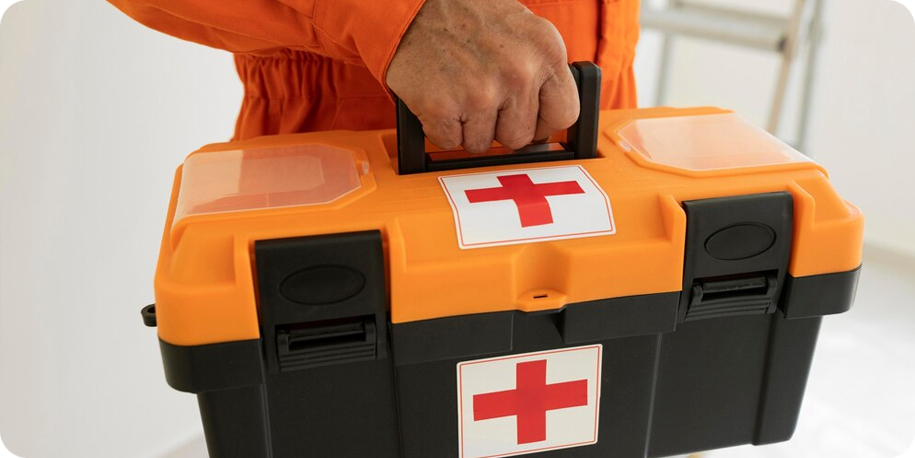
Home Blog What’s in Your First Aid Kit? The Critical Supplies Most Workplaces Forget By DanAdminCAD Facebook LinkedIn A first-aid kit isn’t just a box on the wall, it’s the difference between a quick recovery and a trip to the hospital. But too many workplaces stock them once and forget about them. In an emergency, they reach for the kit and find empty wrappers, dried-up wipes, or missing supplies. A well-stocked kit isn’t just a regulation, it’s a lifeline. It’s the first line of defense when medical help is minutes away. The right supplies stop bleeding, fight infection, and keep injuries stable until help arrives. Without them, minor incidents can turn into serious medical emergencies. The Basics: What Every Kit Should Have Every workplace first-aid kit should include: Bandages (various sizes) for cuts and scrapes Sterile gauze pads and medical tape for larger wounds Antiseptic wipes to clean injuries Disposable gloves to prevent infection Scissors and tweezers for removing debris CPR mask for emergency resuscitation Instant cold packs for swelling and strains Pain relievers for headaches and minor pain Burn dressings for thermal injuries Adhesive tape to secure bandages Finger splints to support minor fractures Eye pads for eye injuries The Essentials Most Workplaces Forget Many first-aid kits are missing critical supplies. Here’s what often gets overlooked: Tourniquets : In severe bleeding, a tourniquet can save a life. Eyewash Solution: Essential for workplaces with dust, chemicals, or debris hazards. Emergency Blankets : Shock and hypothermia can be just as dangerous as injuries. Allergy Medication: Antihistamines for unexpected allergic reactions. Splints: Stabilizing a fracture can prevent further damage before medical help arrives. Wound Closure Strips: For deeper cuts that need more than a bandage but less than stitches. Hemostatic Dressings: These help clot wounds faster and stop severe bleeding quickly. Breathing Barrier Mask: A key tool for performing safe and effective CPR. Hydration Tablets: In cases of dehydration or heat exhaustion, they help restore essential electrolytes. Nitrile Gloves: A backup in case regular gloves run out or get damaged. How to Keep Your Kit Ready A first-aid kit is only useful if it’s stocked, accessible, and workers know how to use it. Check supplies monthly, items expire, get used, or go missing. Restock after every use because a half-stocked kit is as bad as none at all. Train workers so they know what’s inside and how to use it in an emergency. Customize the kit for your workplace. High-risk jobs need more. Burn dressings, eyewash stations, and heavy bleeding control are must-haves. Keep multiple kits if the worksite is large or spread out. Ensure emergency contact numbers and medical instructions are included in each kit. Finally, keep it visible and easy to reach. A locked or hidden kit helps no one when seconds matter. Beyond the Kit: Building a Prepared Workplace A stocked first-aid kit is essential, but it’s only part of workplace readiness. Every worker should know where the kit is located and how to use it. First-aid training should be routine, not just for supervisors but for every employee. The faster a response, the better the outcome. Workplaces should also assess specific risks. A construction site needs different supplies than an office. A factory with chemical exposure risks must prepare for burns and inhalation hazards. Regular safety drills help reinforce what to do in an emergency, ensuring workers don’t just rely on the kit but also on their knowledge and training. Final Thought: A Kit is Only Useful If It’s Ready An empty first-aid kit is worse than none at all, it gives a false sense of security. A real emergency isn’t the time to realize you’re missing what you need. Stay stocked, stay prepared, and make sure your team knows how to use it. Because when seconds matter, the right supplies, and the right training, can save a life. Follow us! Stay up-to-date with the latest spotlight articles, podcasts, the SafetyNET Magazine, or our book on Leadership for Safety Excellence. All updates will be shared on our social channels, click below to follow us. Facebook Linkedin Related Articles All Posts #EmergencyPreparedness 2025 safety trends 360 Immersive 360immersive 6S Safety accident prevention accidental careers accountability adjustable workstations adult education AI automation AI implementation AI in business AI in operations AI in Safety AI podcast AI strategy AI transformation Alberta safety courses Allan James Moore artificial intelligence asking for help audit findings audit readiness Audit Reporting automation in safety automation strategy avoidable injuries awareness Aztec Safety back strain BambooHR integration Bear safety behavior-based safety Behavioral Safety behavioural safety biometric sensors BIS Podcast BIS Safety Podcasts BIS Safety Software BIS Safety Spotlight black holes Blame Culture Blue Angels BP Texas City Explosion Brave Leadership Brett Burkard burnout business automation call before you dig Canadian OHS Canadian safety Canadian safety history Canadian safety standards Canadian wilderness safety carbon monoxide Carolynne Heron CCOHS chemical chemical vapors chronic injuries chronic pain cloud-based safety tools Coming Soon community safety programs Competency in Safety complacency in safety Compliance compliance courses Compliance In Canada compliance issues Compliance management Compliance Reporting compliance software compliance tools compliance tracking compliance training compliance vs protection Construction advocacy Construction education Construction industry construction safety construction safety training construction technology continuous improvement continuous safety improvement corporate culture corporate training corrective actions CPR and AED crane CSA standards Customer Spotlight Customer Spotlight Kevin Swinden Global Hazmat Safety Culture Hazmat Management Dangerous Goods Competency in Safety Workplace Risk Mitigation BIS Training Clients Canadian EHS customized training daily trip inspection Damage Prevention Dangerous Goods dangerous goods classification Danny Sellers data-driven safety debriefing Decision Analysis defect management defect tracking defensive driving DEI in onboarding digital badges digital compliance digital FLHA digital forms Digital Hazard Reporting Digital Onboarding digital safety Digital Safety Audits digital safety meetings Digital safety systems digital safety tools digital safety transformation digital site access Digital Training Tools digital transformation DMS features document control document management system Dr. Joanna Pagonis Dr. Tom Krause driver file management driver training driving instructor program DTRMS e-learning e-learning tools eadership



